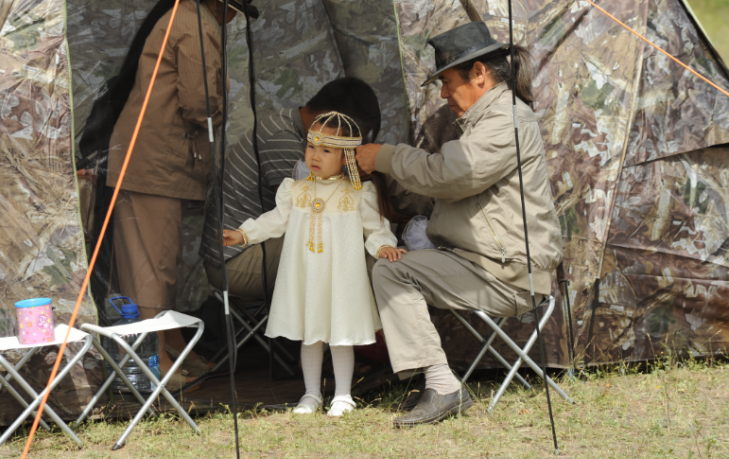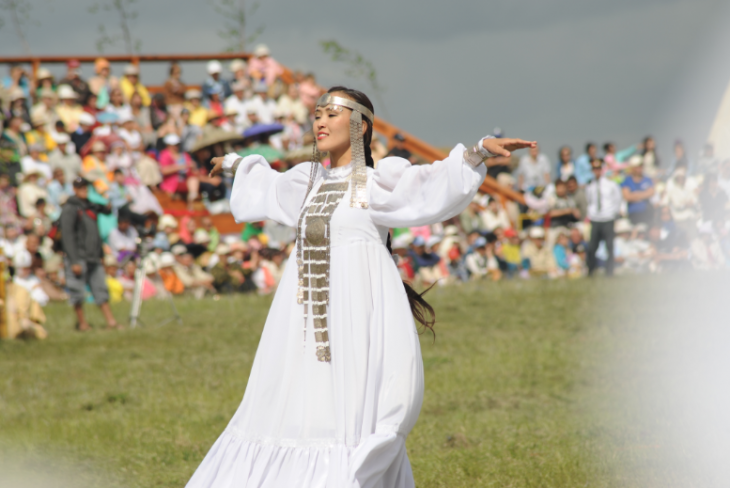Sakha people have been living in Sakha (Yakutia)’s territories for many centuries. Their language, oral history and livestock-herding tradition indicate that they migrated into the area from southern Siberia. In contrast to Sakha (Yakutia)’s more longstanding reindeer-herding communities, Sakha populations have lived by farming the horses and cattle they brought with them from the south, in addition to hunting. Their way of life, including their shamanic religious tradition, has assimilated much from the Eveni and Evenki cultures they met when they moved into the area.

Russian Cossacks first encountered Sakha populations during the early seventeenth century. They called Sakha people Yakuts; this name is still used when referring to Sakha people in Russian. The Cossacks were searching for sources of animal pelts, the ‘soft gold’ that was funding the Tsarist Russian state’s expansion and prosperity. The region’s varied population was co-opted into this enterprise, as Russian state officials forced them to pay a tax to the Russian government in fur. The Sakha population in fact increased during the Tsarist administration, and they became the area’s dominant ethnic group. Although their culture and life was transformed through their contacts with the peoples and institutions of the Russian Empire, their shamanic cosmogony and practice retained its importance. Shamanic cultural forms faded from Sakha daily life only during the latter half of the twentieth century, as the Soviet administration was building its Sakha state – the Yakut Soviet Socialist Republic, or Yakutia – into a modernist, secularised Soviet Union.
The contemporary Sakha Republic, Sakha (Yakutia), was established during the early 1990s, within the wave of non-Russian political and cultural revivals that were to force the Soviet Union’s political transformation. Glasnost’ and the Sakha national revival coincided with a huge migration of Sakha people from scattered villages to Sakha (Yakutia)’s capital, Yakutsk. This urbanisation is continuing, and, as it does so, is maintaining the momentum of change – along with a parallel immigration of Chinese and Central Asian workers into the Republic, and the messy convolutions of Russia’s internal politics. Sakha people are engaging with new peoples, technologies, and practices year on year, as their society shifts into hitherto unrecognisable shapes. The elements of their shamanic tradition that persisted, despite Soviet-era repression, are re-emerging within new and striking religious forms.

